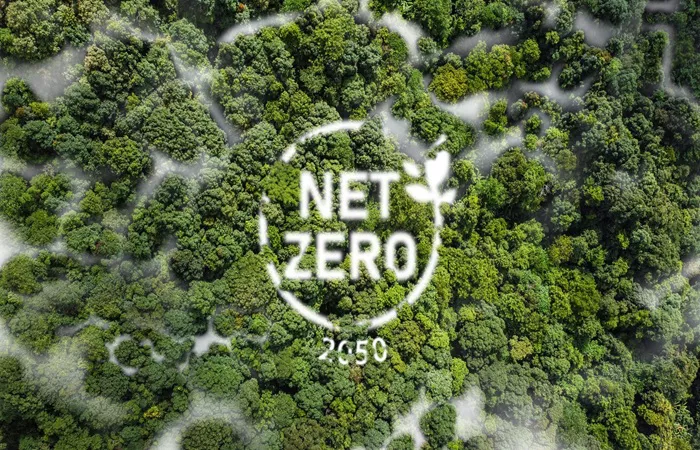The UK government’s new immigration rules may slow progress toward the country’s net zero and housing goals, a report from the Centre for European Reform (CER) warns. The report reveals that over half of foreign-born workers in green jobs would not meet the stricter visa requirements, raising concerns about future labour shortages in key sectors like construction and clean energy.
Labour leader Keir Starmer introduced the rules in May, describing them as an end to “a squalid chapter for our politics, our economy and our country.” These measures follow the previous Conservative government’s efforts to reduce migration, including banning dependents from many visa categories.
Net migration reached a peak of over 900,000 in the year to June 2023 but dropped to 431,000 in 2024 after policy changes. The new rules are expected to cut migration further, but economists warn this could hurt long-term economic growth.
The Labour government’s immigration white paper proposes raising the minimum education level for skilled worker visas to a university degree and keeping a £38,700 salary threshold set in 2023. According to CER’s analysis of official data, 260,000 of the 465,000 foreign-born workers in green jobs would fail to qualify under these rules.
The CER defines green jobs as roles where workers spend at least a third of their time on environmentally focused tasks. Many are in construction, retrofitting homes with low-carbon technology like insulation and heat pumps. Other green roles include solar panel installers, wind turbine technicians, environmental engineers, and waste management workers.
Demand for green jobs is rising sharply. The report notes that job adverts for green roles doubled from around 8,000 in 2021 to over 16,000 in early 2024 and have remained high. Despite this, the stricter visa rules risk shrinking the pool of qualified workers.
The construction sector, vital to building 1.5 million homes by 2028, faces a projected need for 250,000 more workers. The sector already struggles with high employee turnover due to the physical and seasonal nature of the work and depends heavily on migrant labour to fill roles.
“Construction is labour-intensive and seasonal, with high turnover,” the report says. “Given the government’s plans to increase housebuilding and decarbonise buildings, this sector is most at risk of labour shortages from the immigration proposals.”
Labour’s plan to replace the current “immigration salary list” with a “temporary shortage list” allows employers to hire foreign workers for specific roles at lower wages if they commit to training UK workers over time. However, the CER warns this system could lead to exploitation, as workers under restricted visas may find it hard to change jobs or sectors.
A similar problem happened in social care, where visa holders were trapped in poor working conditions. “Higher salary thresholds elsewhere mean migrants in shortage sectors may not shift jobs easily, increasing their vulnerability,” the report states.
To tackle these risks, the CER suggests four policy options: creating green visas targeted at net zero jobs; expanding the shortage list to include more climate-related roles; allowing visa holders greater freedom to change jobs; and lowering salary and qualification thresholds across all skilled worker visas. Each option has pros and cons related to flexibility, exploitation risk, and migration levels.
Foreign-born workers have historically been crucial to green job growth, making up about one-third of new green jobs between 2011 and 2019. Since 2019, while UK-born green employment declined, foreign-born workers kept filling these roles, supporting overall sector growth.
John Springford, CER associate fellow and report author, said the transition to net zero could become costlier without migrant labour. “Labour shortages could raise decarbonisation costs, discouraging people from insulating homes or installing heat pumps,” he said. He urged the government to monitor labour needs closely and ease visa rules when necessary but warned exemptions for specific jobs carry risks.
The report also states that a net migration level around 120,000 per year would support population stability and economic growth.
A government spokesperson told The Guardian that the immigration white paper offers a plan to “restore order” by linking immigration, skills, and visa systems to boost the domestic workforce and reduce reliance on overseas labour. The government is addressing skills shortages with £600 million to recruit 60,000 construction workers by 2029 and create 10 new technical colleges in England.
Related Topics


